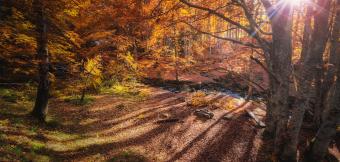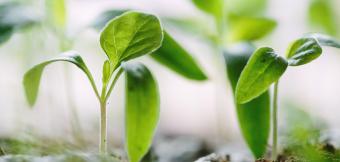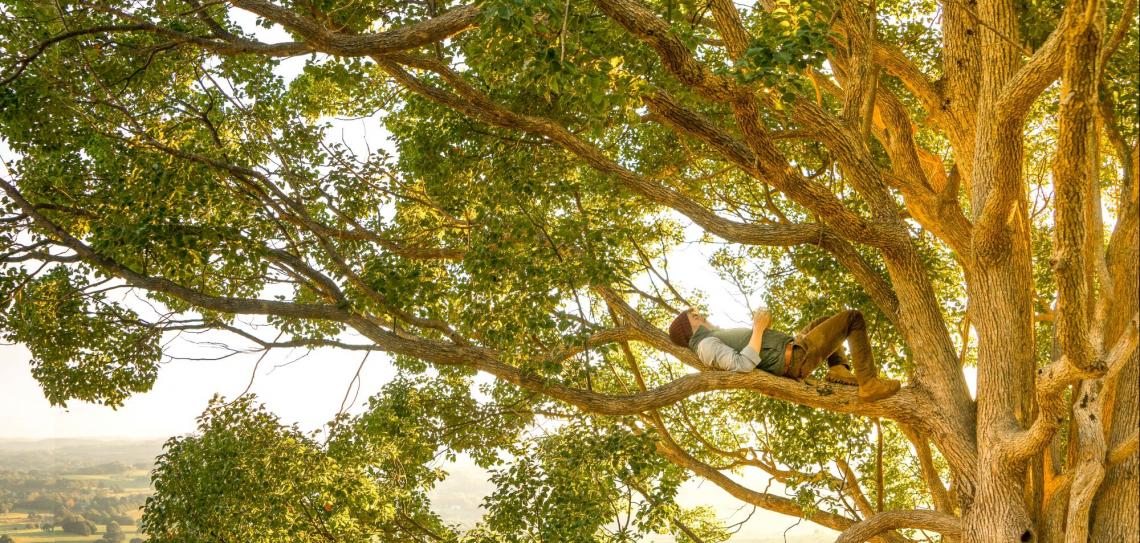
Plant and nurture trees
Wood is 50% carbon, so trees are a great carbon store. Their respiration also converts CO2 into oxygen. They build soil, stabilise local climates, help wildlife, provide food and wood. So wherever you find space, plant a native or fruit bearing tree. Better still, plant many. And then care for them.
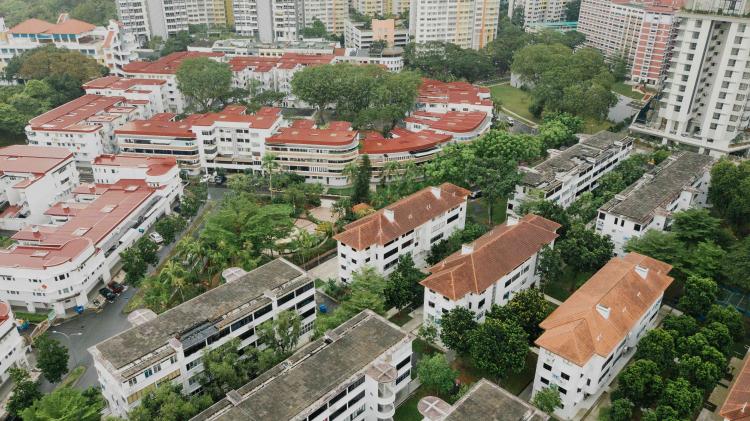
Trees and CO2
Throughout their lives trees breathe in CO2 and breathe out oxygen. While all living plants do this, trees absorb significantly more CO2 than smaller plants due to their size and extensive root structures. They also have much more woody biomass in which to store carbon than smaller plants, and that wood is around 50% carbon. So one really constructive response to climate change is to plant trees.
How much CO2 one tree can absorb depends on the species, growing conditions, local soil and climate, and how the tree is managed. The best trees for carbon sequestration have dense wood and big trunks, are fast-growing and long-lived, although these attributes are often mutually exclusive. Trees that are native to the local area and land type are a good choice. Trees that require a lot of maintenance should be avoided, to avoid burning fossil fuels to power chainsaws and vehicles. In urban areas in the US, for example, some trees that meet these attributes are Horse Chestnut, Black Walnut, American Sweetgum, Red Pine, White Pine, London Plane, Douglas Fir, Scarlet Oak, Red Oak and Bald Cypress.
Carbon absorption also varies according to the age of the tree. Young trees absorb carbon dioxide quickly while they are growing, but as a tree ages a steady state is reached. Eventually, the tree will either be felled or will die, and the stored carbon will be released through decomposition or burning. In a natural woodland a new tree will grow up to take the place of the one that has died. In an urban or garden setting another tree will need to be planted to replace it.
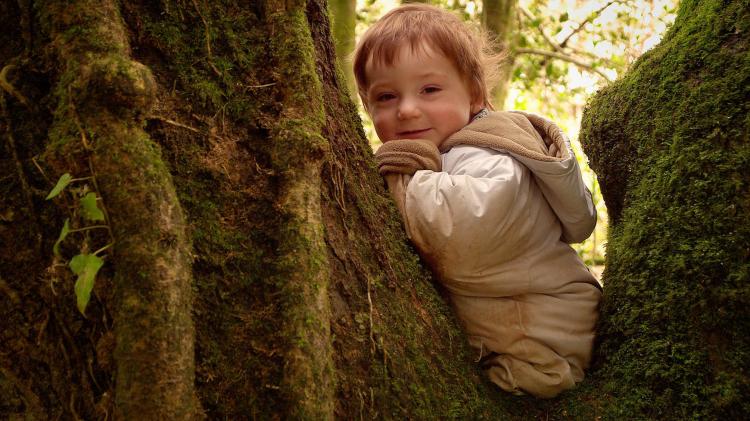
Other significant climate change benefits
Firstly, trees help soil remain healthy by reducing soil erosion and creating a soil climate beneficial for vital micro-organisms; woodland soils lock up lots of carbon. Secondly, they provide beneficial local microclimates; lowering summer temperatures in urban areas by up to 4.5C. Shading and cooling from trees can reduce carbon emissions from summertime electricity use by 31%.
Thirdly, trees provide hundreds of renewable, natural foods (fruit, coffee, nuts, ice cream, chewing gum etc.) and a key sustainable building material, wood. To maximise the benefits, plant trees that are native or productive, or both.
Finally, they prevent both floods and droughts. When heavy rain falls, trees take up considerable amounts of water, stabilise soils threatened with being washed away, and slow down water flows. When no rain falls, they shade the ground and prevent evaporation, stabilise dry soils, and reach water unavailable to other plants. The deep, healthy soils they create help to further mitigate the effects of both flood and drought.
Wider benefits
Beyond climate change, trees have an amazing range of benefits. Being in a forest can reduce blood pressure and improve wellbeing They provide homes for birds and insects; over 350 species can live in an oak tree. They enhance the landscape and look beautiful.
Planting trees can't stop climate change on its own: for example, in the United Kingdom, three quarters of the land area would have to be covered in forest just to balance road vehicle emissions, so what’s needed is a sustained reduction in car use. However, planting a tree is an easy, inexpensive way for individuals to help absorb some CO2. Trees are one of the few things that can actually take carbon out of the atmosphere and store it for the long term.
Picture credits: 1) Rob Mulally - Unsplash.com 2) Chuttersnap - Unsplash.com 3) Permaculture Association
Plant a tree for shade, fruit and biodiversity
Convert your growing space into a forest garden
Join with friends to create a community orchard
Support organisations planting and caring for trees

